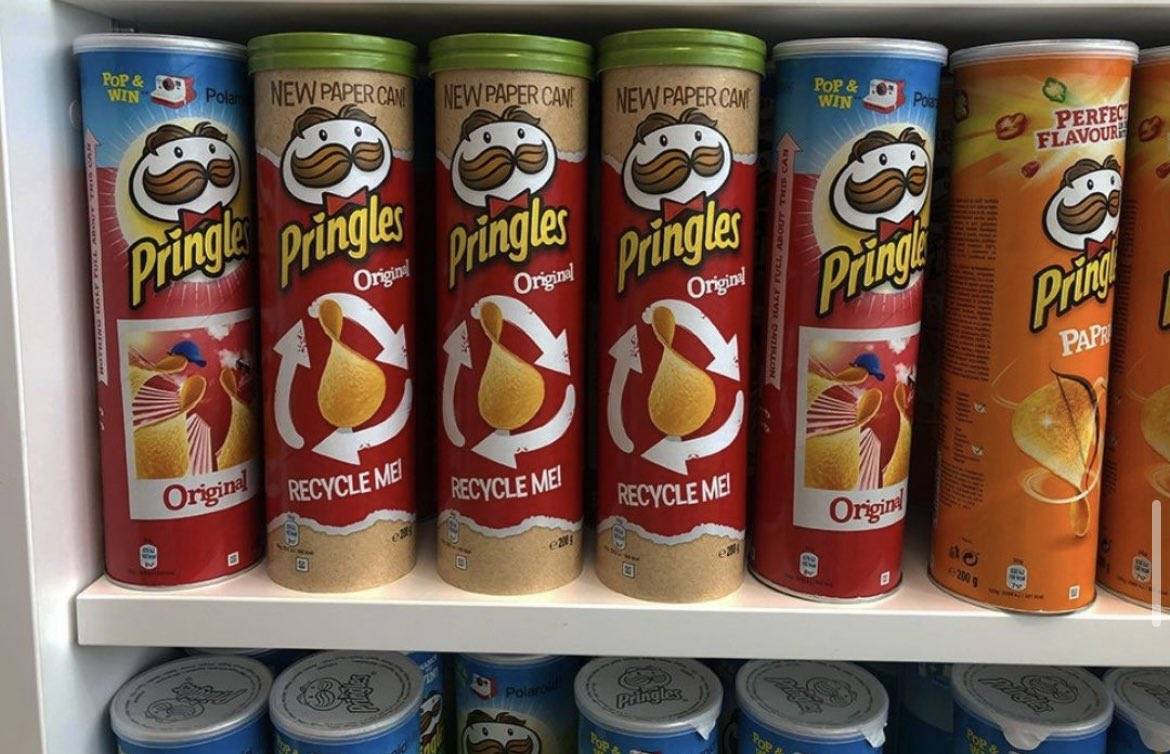Procter & Gamble argued for years that Pringles were not potato chips. But Britain's Supreme Court of Judicature ultimately determined that they were, requiring Procter & Gamble to pay $160 million in back taxes.
Here's how this comically complicated problem started. In the mid-20th century, a tax was born by way of France and England called the value-added or VAT tax. This "consumption tax" started as a 10 percent tax on all goods bought from a business. More than 20 percent of the world's tax revenue comes from the value-added tax, making it a pretty big deal.
In Britain, most foods are exempt from the value-added tax, except for potato chips or "similar products made from the potato, or from potato flour." This led to a long, arduous journey to figure out whether or not Pringles (which, by the way, were touted at one time as the "newfangled potato chip") were potato chips. If they were ruled as chips, Pringles' parent company at the time, Procter & Gamble, would be subject to a 17.5 percent VAT tax.
Procter & Gamble's initial argument was that, no, Pringles were not potato chips because they didn't "contain enough potato to have the quality of 'potatoes.' (Is that even a word?) They also argued Pringles didn't resemble the shape of a potato chip and were more along the lines of a "savory snack."
In 2008, a lower British court agreed and ruled that Pringles were not potato chips, mainly because they contained only 42 percent potato and had "a shape not found in nature." But just a year later, the Court of Appeal re-examined and reversed that decision, calling Procter & Gamble's argument that the ingredients of a product don't define the product "hogwash."
With that decision, the behemoth corporation had to pay $160 million in taxes, while begrudgingly calling their newfangled potato chips, well, potato chips. And that is the story of Pringles and its brief dance with the world of taxes, junk food, and British judges.
Brief back story of how the creation and selling of Pringles began;
Procter & Gamble assigned a task to chemist Fredric J. Baur in 1956:: to develop a new kind of potato chip.
Baur spent two years developing saddle-shaped chips from fried dough and selected a tubular can as the chips' container. The saddle shape of Pringles chips is mathematically known as a hyperbolic paraboloid.
In the mid-1960s another P&G researcher, Alexander Liepa of Montgomery, Ohio, restarted Baur's work and succeeded in improving the taste. Although Baur designed the shape of the Pringles chip, Liepa's name is on the patent.
P&G began selling Pringles in Indiana in 1968. By 1975, they were available across most of the US, and by 1991 were distributed internationally.


